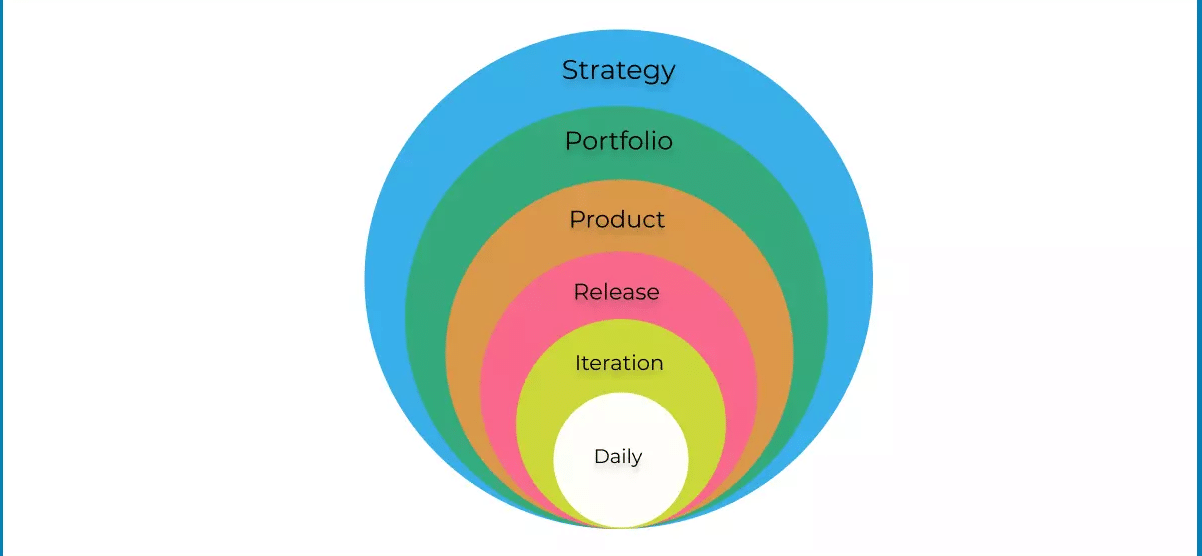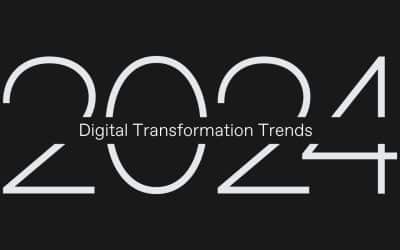Using Agile strategies to run projects smoothly
You have set up your commerce platform, you have started to intake feedback from various mediums, and now you have an influx of suggested features and enhancements. How do you organize and manage the pipeline to set expectations and ensure that the most value is added in the shortest lead time possible? Prioritizing business and market needs involves understanding the overall goals and objectives of your business and aligning them with the demands and expectations of your target market. This starts at the top by defining enterprise initiatives into short- and long-term objectives based on prioritized business or market needs. It also involves translating those goals into a strategic plan or roadmap that guides the development and delivery of products or services . Let’s look at how to visualize that roadmap and set you on the course for your next enhancement.
Start with Enterprise Initiatives
Keeping up with your business needs requires ongoing inspection and adaptation. By leveraging analytics, data, market trends, staying customer-centric, and investing in technology, you can create and prioritize a pipeline of initiatives to keep your platform ahead of the competition and keep your business positioned for long-term success.
Evaluate and prioritize the identified business or market needs based on their strategic importance, urgency, potential impact, and alignment with organizational goals. Consider factors such as revenue potential, customer demand, competitive landscape, and market trends. Engage stakeholders to gain their insights and perspectives during this prioritization process to give context to each request.
Set Short and Long Term Goals
Break down the goals into specific initiatives, projects, or features that will help address the prioritized needs. These initiatives should align with the strategic goals and be actionable and feasible within your organization’s capacity. Consider the resources, timelines, and dependencies associated with each initiative.
Evaluate and Score features
With the evaluation criteria in place – Weighted Shortest Job First (WSJF) score each feature based on how well it aligns with the established criteria. WSJF is a prioritization model used to sequence work for maximum economic benefit. In scaled agile, WSJF is estimated as the relative cost of delay divided by the relative job duration.
You will use a numerical scale to achieve a relative ranking system. Stakeholders will independently evaluate and score the features, promoting transparency and diversity of opinions.
Define Timelines and Milestones
After you have determined your priority based on your maximum economic value you will then establish timelines and milestones for each initiative or project in your portfolio roadmap. Next, this includes setting start and end dates for major milestones, such as project kick-offs, development sprints, testing phases, and product releases. Be realistic and consider the knowledge workers feedback in high-level estimates and ensure dependencies are vetted to create an achievable timeline.
Create a Roadmap
Create a visual representation of your timeline as a portfolio/program roadmap that communicates the prioritized initiatives, timelines, and milestones. This can be in the form of a timeline chart, a Jira Project or a Kanban board, depending on your preference and the complexity of the portfolio. Ensure the roadmap is clear, easy to understand, and accessible to stakeholders.
Communicate the Roadmap
Share the portfolio roadmap with relevant stakeholders, including executives, product teams, and other key personnel. Clearly articulate the rationale behind the prioritized initiatives and their alignment with business or market needs. Seek feedback and input on the proposed order, and be open to making adjustments based on their insights. This collaborative process ensures alignment between stakeholders and the program’s prioritization decisions.
Conduct a Program Increment Planning
PI (Program Increment 10-12 weeks of development and release) planning is generally a collaborative and structured event that brings Business and Product Stakeholders together with members of an Agile development team: including product owners, scrum masters, and development teams, to plan and align the priorities outlined in the initial roadmap to make the upcoming Program Increment.
PI Planning helps align all stakeholders and teams toward a common goal, promotes transparency by making the teams within the program to openly discuss dependencies, risks, and any potential obstacles allowing for failing fast and decentralized decision making. It follows that the collaboration of cross functional teams the PI Planning facilitates helps foster a sense of ownership and empowerment among not only the team members but also the stakeholders. It allows the members to identify risks, dependencies, or any constraints an objective may have and allow the team devise mitigation strategies together.
Inspect and Adapt
Regularly review and adapt the prioritization as the program increment progresses and new information becomes available. Stay responsive to changing market conditions, customer feedback, and evolving business goals to ensure the feature backlog remains aligned with the program’s objectives.
Remember, managing and organizing enterprise initiatives is an iterative process that requires ongoing collaboration and adaptation. By involving stakeholders and team members – as leader it is important to consider their input – you can make more informed decisions and increase the chances of delivering value to your customers and organization.




